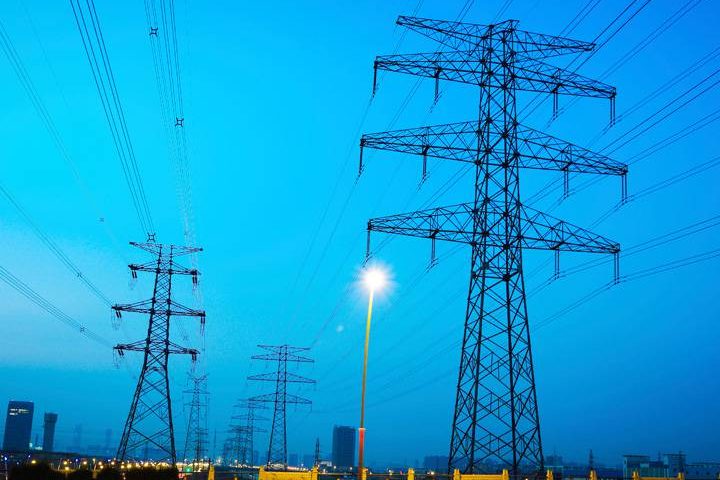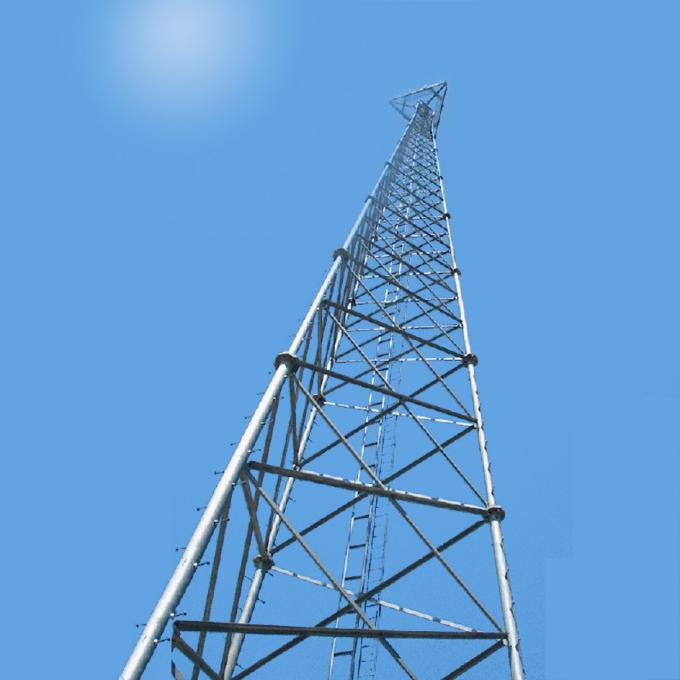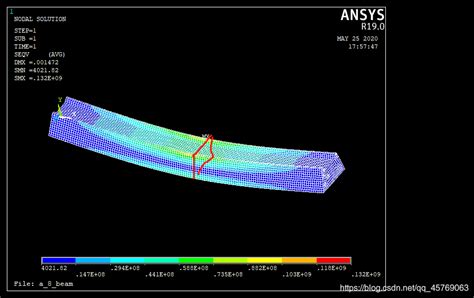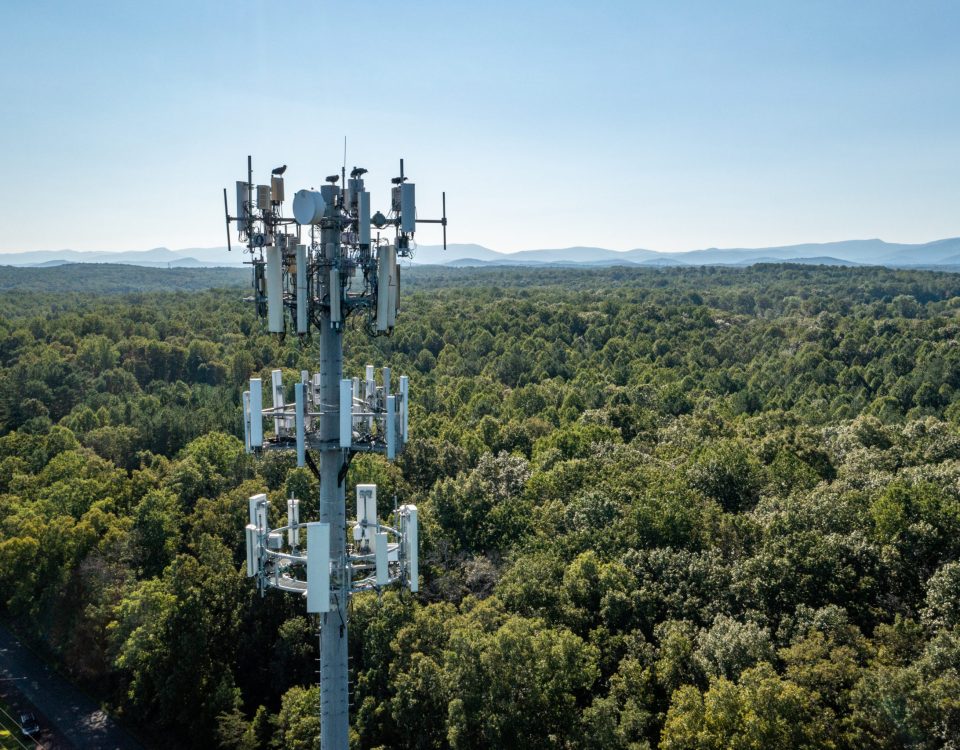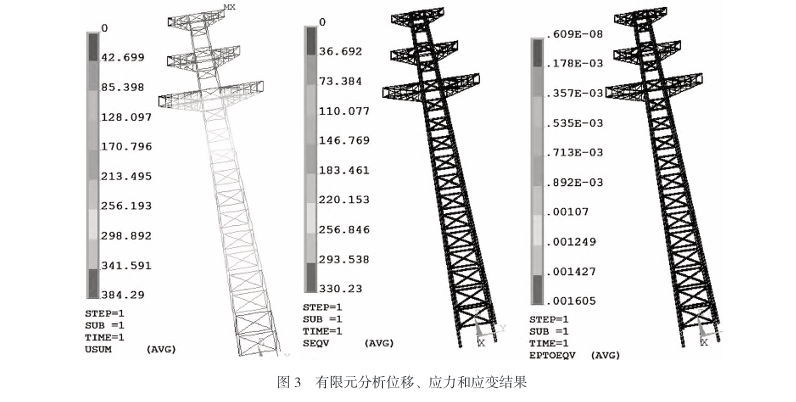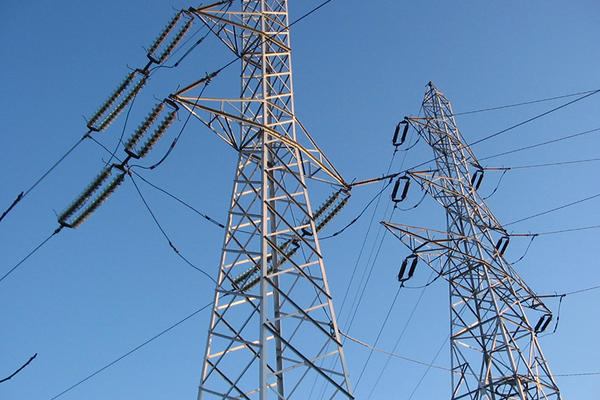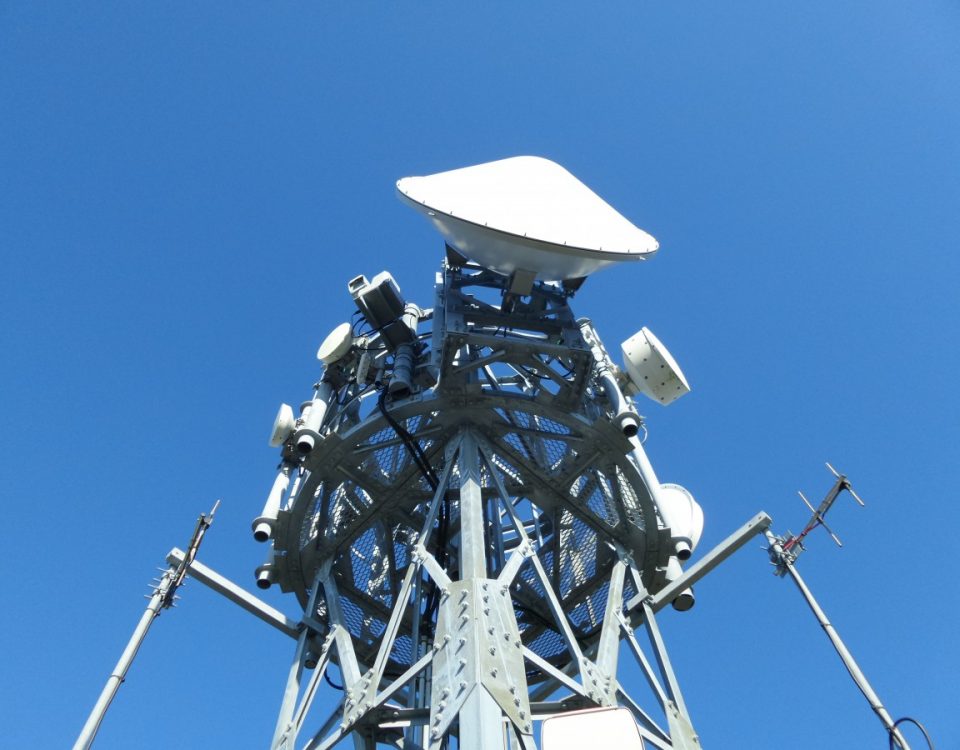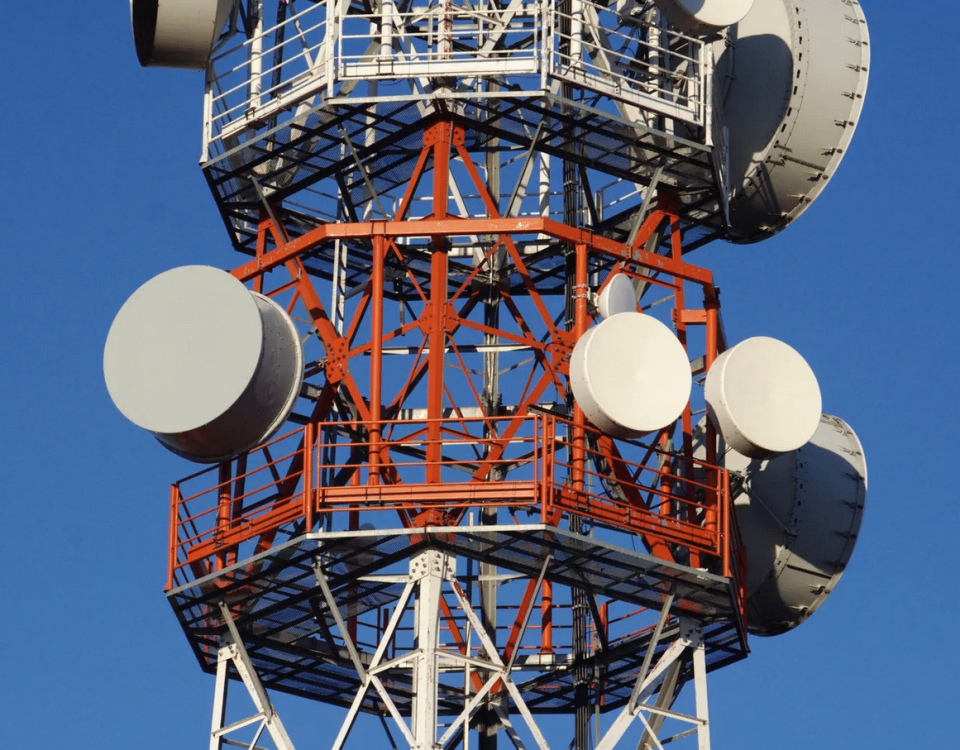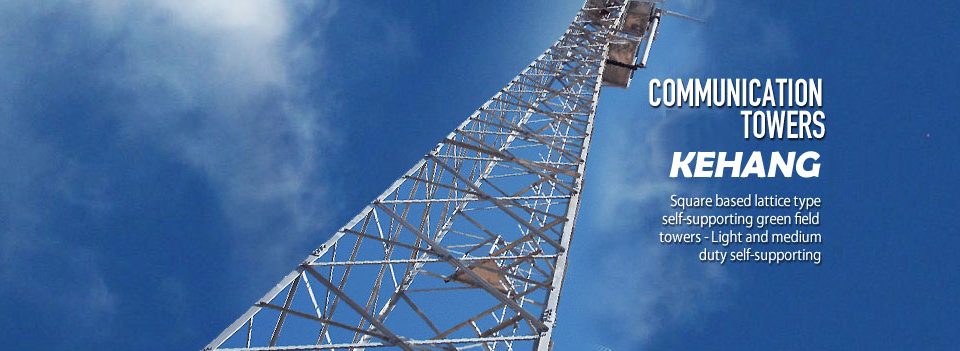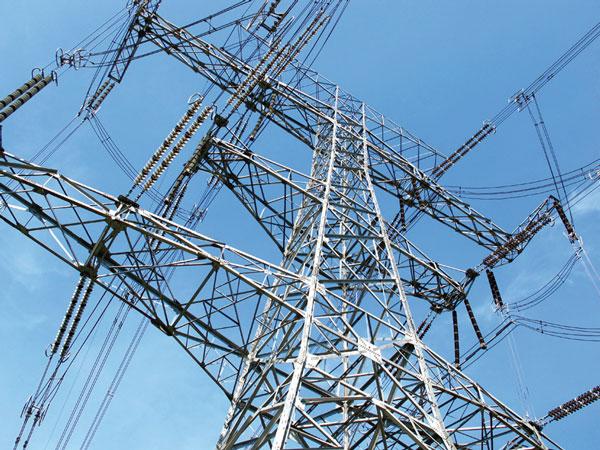
Transmission Steel Tower shape,Power tower shape classification
July 27, 2018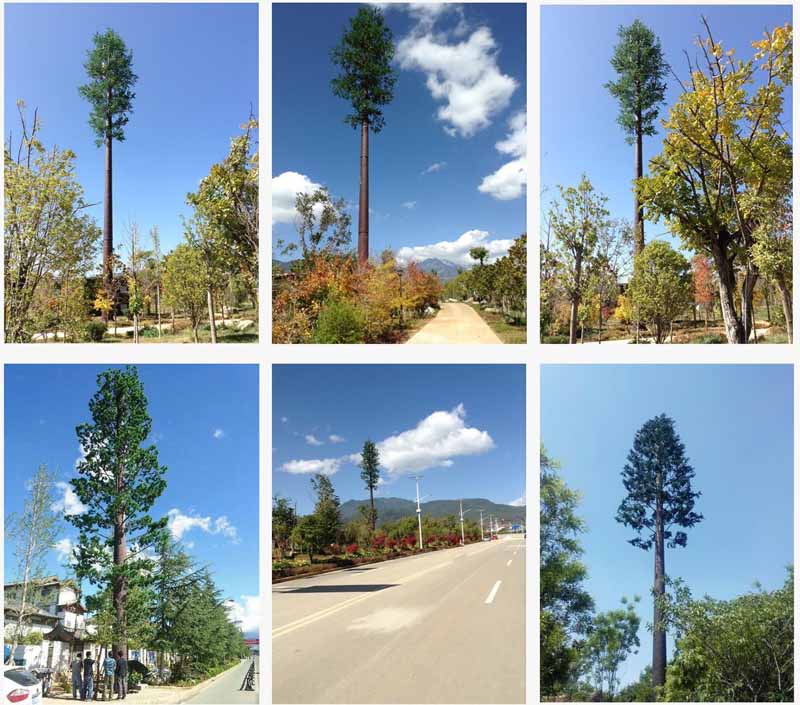
Camouflage Cell Tower , Bionic Tree Communication Steel Structural Tower
August 1, 2018transmission steel tower : supporting unit of overhead transmission line
What is the overhead transmission line?
The overhead transmission line is realized by boosting the electric energy generated by the generator with a transformer, and then connecting the transmission line through a control device such as a circuit breaker. In the form of structure, the transmission line is divided into overhead transmission lines and cable lines.
Overhead power lines are routed on the ground, such as poles, wires, insulators, line fittings, cables, tower foundations, and grounding devices. According to the nature of the current delivered, the transmission is divided into AC transmission and DC transmission. In the 1980s, the DC transmission was successfully realized. However, as the voltage of DC transmission is difficult to continue to improve under the technical conditions at that time, the transmission capacity and efficiency are limited. At the end of the 0.19 century, DC transmission was gradually replaced by AC transmission. The success of AC transmission has ushered in a new era of electrification in the 20th century.
transmission tower for supporting unit of overhead transmission line
Transmission towers have to carry the heavy transmission conductor at a sufficient safe height from ground. In addition to that all towers have to sustain all kinds of natural calamities. So transmission tower designing is an important engineering job where all three basic engineering concepts, civil, mechanical and electrical engineering concepts are equally applicable.
A power transmission tower consists of the following parts,
-
- Peak of transmission tower
- Cross arm of transmission tower
- Boom of transmission tower
- Cage of transmission tower
- Transmission Tower Body
- Leg of transmission tower
- Stub/Anchor Bolt and Base plate assembly of transmission tower.
The main parts among these are shown in the pictures.
Peak of Transmission Tower
The portion above the top cross arm is called peak of transmission tower. Generally earth shield wire connected to the tip of this peak.
Cross Arm of Transmission Tower
Cross arms of transmission tower hold the transmission conductor. The dimension of cross arm depends on the level of transmission voltage, configuration and minimum forming angle for stress distribution.
Related pages
Cage of Transmission Tower
The portion between tower body and peak is known as cage of transmission tower. This portion of the tower holds the cross arms.
Transmission Tower Body
The portion from bottom cross arms up to the ground level is called transmission tower body. This portion of the tower plays a vital role for maintaining required ground clearance of the bottom conductor of the transmission line.


advantage
Compared with underground transmission lines, overhead lines have low construction costs, short construction period, and easy maintenance. Therefore, overhead line transmission is the main transmission method adopted since the development of the power industry. The so-called transmission line usually refers to an overhead transmission line. Power stations, substations, and load points in different areas are connected by overhead lines to transport or exchange electrical energy to form power networks or distribution networks of various voltage levels .
Issues to consider
Overhead lines are exposed to the atmosphere and are directly affected by meteorological conditions. They must have a certain mechanical strength to accommodate local temperature changes, strong storms, icing loads, and floods that may be encountered across rivers. At the same time, lightning strikes, rain, wet fog, and natural and industrial pollution can also destroy or reduce the insulation strength of overhead lines and even cause power outages. There are also electromagnetic interference problems in overhead lines. These factors must all be considered in the design, operation and maintenance of overhead lines.
Line corridor
The route of an overhead line requires sufficient ground width and clearance corridor, or line corridor . High-voltage and ultra-high-voltage overhead lines and overhead lines for urban power supply are difficult to open circuit corridors due to restrictions on land use, natural environment and urban construction, which often cause difficulties in line construction and become an obstacle to the development of overhead transmission lines. In some industrially developed countries, the same pole is used in parallel, that is, the transmission lines of the same or different voltage levels are placed on the same tower to save the corridor.
Design of Transmission Tower

During design of transmission tower the following points to be considered in mind,
- The minimum ground clearance of the lowest conductor point above the ground level.
- The length of the insulator string.
- The minimum clearance to be maintained between conductors and between conductor and tower.
- The location of ground wire with respect to outer most conductors.
- The mid span clearance required from considerations of the dynamic behavior of conductor and lightening protection of the line.
To determine the actual transmission tower height by considering the above points, we have divided the total height of tower in four parts,
- Minimum permissible ground clearance (H1)
- Maximum sag of the conductor (H2)
- Vertical spacing between top and bottom conductors (H3)
- Vertical clearance between ground wire and top conductor (H4).
Types of Transmission Tower
According to different considerations, there are different types of transmission towers. The transmission line goes as per available corridors. Due to unavailability of shortest distance straight corridor transmission line has to deviate from its straight way when obstruction comes. In total length of a long transmission line there may be several deviation points. According to the angle of deviation there are four types of transmission tower–
- A – type tower – angle of deviation 0o to 2o.
- B – type tower – angle of deviation 2o to 15o.
- C – type tower – angle of deviation 15o to 30o.
- D – type tower – angle of deviation 30o to 60o.
As per the force applied by the conductor on the cross arms, the transmission towers can be categorized in another way-
- Tangent suspension tower and it is generally A – type tower.
- Angle tower or tension tower or sometime it is called section tower. All B, C and D types of transmission towers come under this category.
Apart from the above customized type of tower, the tower is designed to meet special usages listed below, These are called special type tower
- River crossing tower
- Railway/ Highway crossing tower
- Transposition tower
Based on numbers of circuits carried by a transmission tower, it can be classisfied as-
- Single circuit tower
- Double circuit tower
- Multi circuit tower.
Related posts
The analysis of the bearing capacity of a power transmission line steel tower highlights the complexity and importance of structural and foundation design. By understanding the interplay of loads, material properties, and environmental factors, engineers can optimize tower performance and ensure reliability in power networks. Tables and case studies further illustrate best practices and design considerations.

